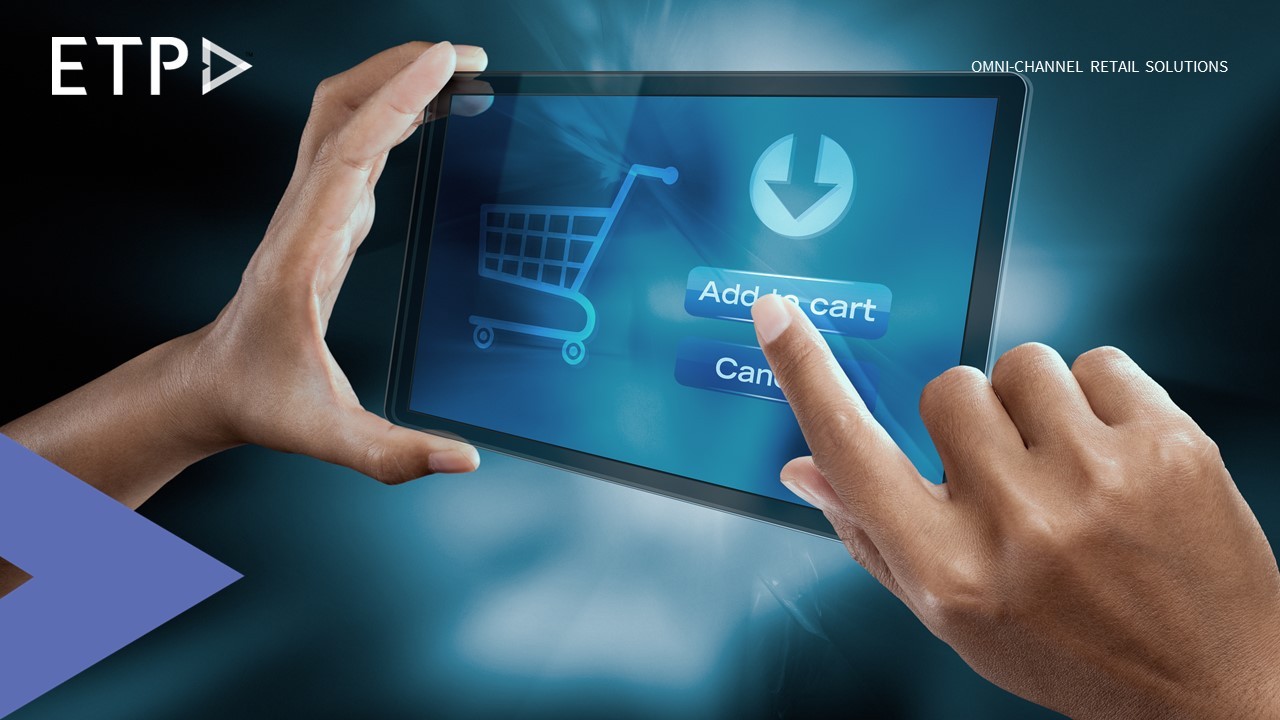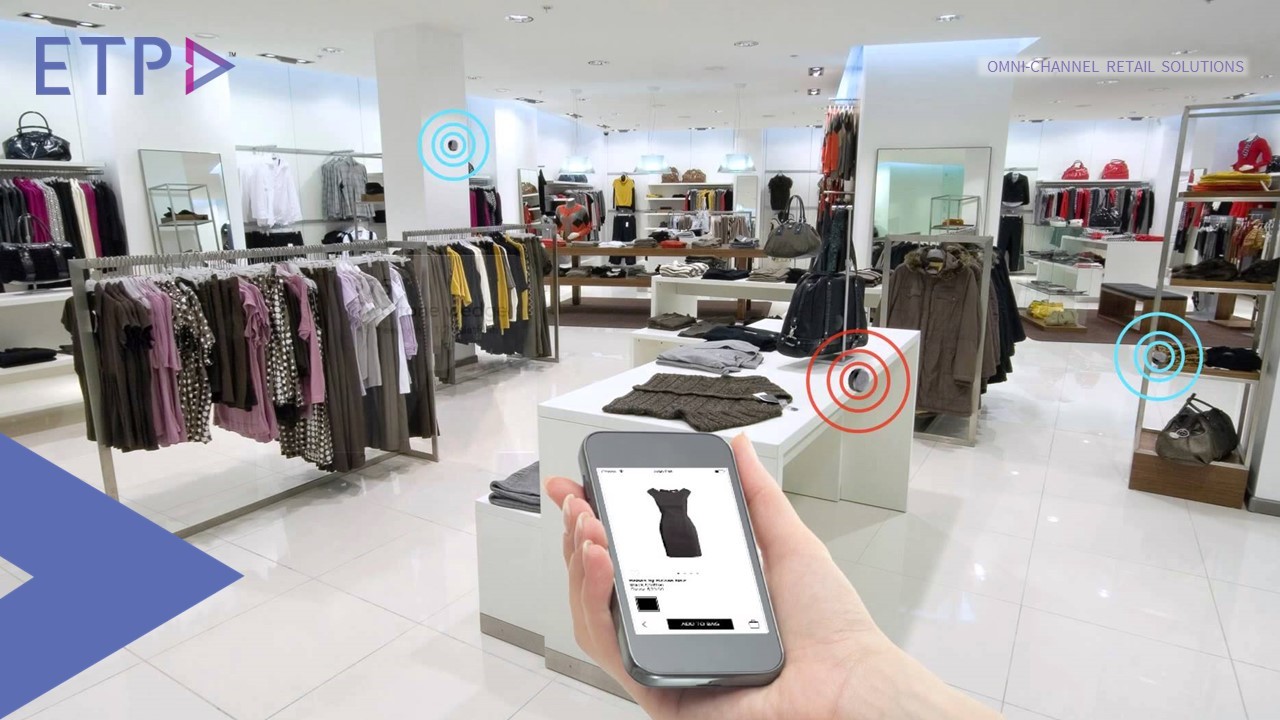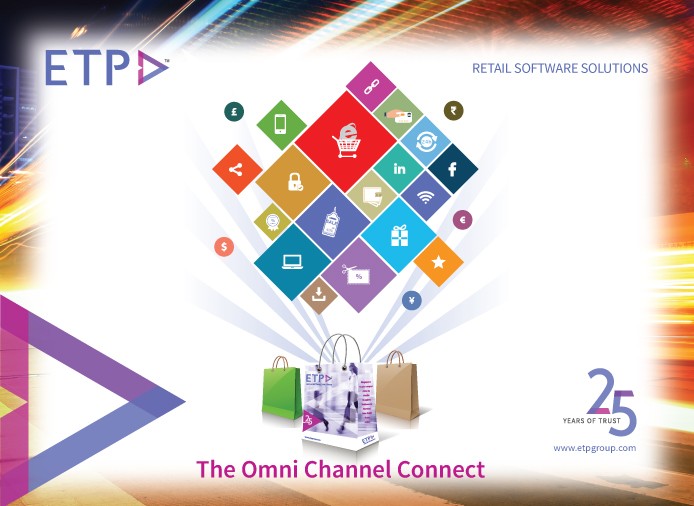Changing customer expectations, the advent of multiple channels of shopping and the infusion of technology in retail have given rise to a new breed of shoppers today commonly known as ‘omni-channel shoppers’. These modern-day retail shoppers are tech-savvy and highly demanding, spoilt for choice, and seek value for their money. And they will not want to associate with single-channel retail brands as they constantly look for convenience and speed. So not only brick and mortar retail companies but online only e-commerce retail brands also have no choice but to migrate to omni-channel. However, with e-commerce companies going for an omni-channel approach that integrates both offline and online retail, there are some challenges that these retailers need to be ready for.
Online-offline integration:
There are basically, two main channels for retail – online (which includes e-commerce, mobile, and social media) and offline (which includes brick and mortar store, pop up stores). While integrating the online channels to work seamlessly would seem to be achievable due to the similar nature of functionality, adding offline to this mix and looking to achieve a seamless integration can prove to be a daunting task as this calls for necessarily aligning every process and operation of the business to meet the omni-channel objective of unified customer experience. However, the good news is, that by employing the right omni-channel for e-commerce software, retailers can achieve a seamless transition from a single channel and holistic omni-channel integration.
Customer and inventory management:
Online retailers generally provide the ‘buy online and ship to home’ fulfillment. However, when looking to go completely omni-channel from e-commerce, there are new fulfillment options that can be added such as buy online pick up in store, endless aisle, and so on. This calls for a seamless and accurate flow of customer and inventory information across all channels. Having a unified view of the inventory and a single view of the customer across channels is necessary to handle multiple fulfillment options as well as planning and executing promotion campaigns and loyalty programs for customers across channels. Having a solid omni-channel retail software with CRM, promotions and inventory management capabilities can allow retailers to offer a unified omni channel customer experience.
Supply chain and logistics management:
Moving from e-commerce to omni-channel though has benefits, it also poses multiple supply chain and logistics challenges. One of the biggest challenges for retailers while implementing an omnichannel process is ensuring product availability at the right channel at the right time and at the right price. This is necessary for handling different engulfment options so that customers can get the gratification of their purchases as per their terms. Another challenge that is a necessity in this omni-channel age is reducing delivery time-frames. This again can be tackled by having the right product at the right place so that fulfillment centers are not too far away from the customers’ preferences of where they want to receive their purchases. With the help of a robust omni-channel retail solution encompassing supply chain management can ensure retailers succeed in their omni-channel business.
Also Read: Adopting Unified Commerce – The Next Generation Of Retail





